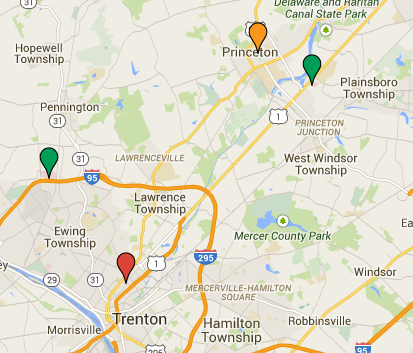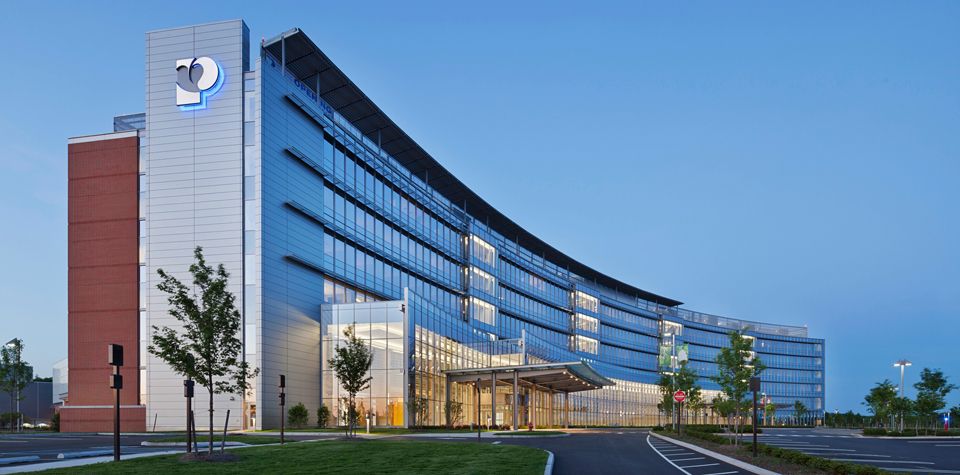Freakonomics, Princeton Hospitals, and Healthcare Costs
Published:
The latest Freakonomics episode, How Many Doctors Does It Take to Start a Healthcare Revolution, Jeffrey Brenner, executive director and founder of the Camden Coalition of Healthcare Providers, uses Princeton, NJ as an example of over active hospital financing. The Coalition is currently working JPAL on an RCT of an care management program targeting healthcare system “super-utilizers” identified by healthcare “hotspotting”. From the transcript:
BRENNER: One of the problems is that we have a giant economic bubble underlying this where we have hospital financing authorities underpinning, that are run by states that help hospitals float bonds. And we have this giant bond market called the hospital bond market that’s considered very secure, very safe, good investment. And you know, that bond market has floated too much hospital capacity and created and brought online too many hospital beds, far more hospital beds than we need in America. So you know, the most dangerous thing in America is an empty hospital bed. In the center of New Jersey, near Princeton, a couple years ago, we built two brand-new hospitals. These are two $1 billion hospitals, 10 miles apart, very close to Princeton. So one is called Capital Health, and the other is Princeton Medical Center. I don’t remember anyone in New Jersey voting to build two brand-new hospitals. But we are all going to be paying for that the rest of our lives. We’ll pay for it in increased rates for health insurance. And, boy, you better worry if you go to one of those emergency rooms, because the chances of being admitted to the hospital when there are empty beds upstairs that they need to fill are going to be much, much higher than when all the beds are full–whether there’s medical necessity or you need it or not. So I’d be very worried if you live in Princeton that there are now two $1 billion hospitals waiting to be filled by you.
The RCT is fascinating, but also interested me since I spent two years volunteering with Princeton First Aid and Rescue on the ambulance taking patients to the $520 million Princeton Medical Center, opened in 2012.1
I do not recall taking anyone to the Capital Health Medical Center - Hopewell, opened in 2011, but Capital Health Regional Medical Center in Trenton was our go to trauma center. To get an idea of the layout, the map below shows the Regional Medical Center in red, the two new hospitals in green, and the old Princeton Medical Center in Orange.2
 Map of past and current hospitals in the Princeton area.
Map of past and current hospitals in the Princeton area.
The hospital construction was also brought up in a 2014 NYT article asking why a procedure in retired math professor was billed $5,435 at the Princeton medical center and $1,714 in Boston for the same procedure:
But that cost must cover some expenses in the United States not found in other medical systems. The area around Princeton has had a spate of new hospital building in the past five years. The University Medical Center of Princeton at Plainsboro, which has no connection to Princeton University, cost more than $500 million to build and has a curving atrium decorated with artwork from the hospital’s permanent collection. “It was like a luxurious museum,” Mr. Charlap said.
 University Medical Center of Princeton at Plainsboro: curved for your health
University Medical Center of Princeton at Plainsboro: curved for your health
I know little about health care finances and have no strong feelings about the hospital construction, which seems like it isn’t even the biggest factor in rising health care costs. I am happy to see that people are thinking about and questioning the status quo.
For my two cents, I felt that I transported many patients that did not really need an emergency room, not out of any financial interest but because of protocols. If a patient wanted to go to the hospital, I wasn’t qualified to refuse him or her by judging the trip unnecessary. Similarly, if a patient did not want to go to the hospital, they can deemed unqualified to refuse for a number of reasons including alcohol use. Often is seemed someone was of sound mind even after a couple drinks, but when there are liability concerns why risk releasing a not sober but medically sound student who could then turn around and sue you when he later electrocutes himself on the Dinky, Princeton’s iconoclastic rail car? The rules of when to transport is probably a relatively small factor in the larger world of health care costs, but from my view in the back of the ambulance it would also be worth a rigorous evaluation.
FOOTNOTES:


